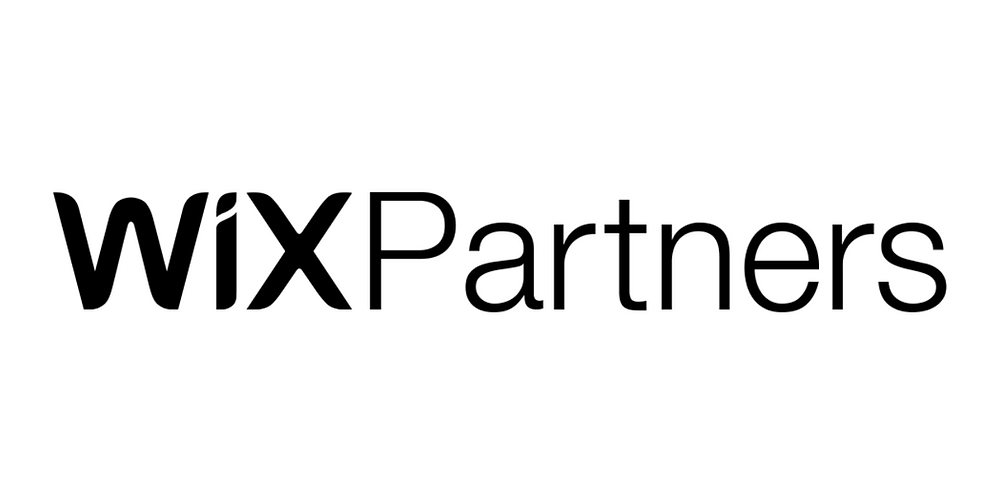Websites that rely heavily on JavaScript encounter specific crawling and indexing issues. Having a distributed crawl budget helps search engines visit and index the pages that matter the most. In this blog, we will cover what are the best practices for crawl budget optimization for a good SEO performance of your website.
What is the Crawl Budget?
The crawl budget is the number of pages a search engine bot such as a Google bot will crawl on your site over a period of time. It depends on two factors:
- Crawl Rate Limit: The maximum number of requests that a search engine will send to your site before causing a burden to its performance.
- Crawl Demand: The entire issue of monitoring the significance and newsworthiness of your pages within the Google index.
Controlling the crawl budget is very critical for JavaScript-rich websites because it will take time for GoogleBot to render the JavaScript.
Why is Crawl Budget Optimization Important for JavaScript Websites?
Search engines treat JavaScript absolutely differently than static HTML. However, if the JS execution is slow GoogleBot does not index important content. This could result in ill visibility in the search. Optimizing the crawl budget is beneficial for:
- Crawled important pages regularly
- Reducing server load
- Improving indexing speed
- Improving the general performance of the website
Tips for Crawl Budget Optimization
1. Improve Server Performance
Quick server response times help GoogleBot crawl more pages. Foundation: Pick promoting specialist co-ops and improve database questions.
2. Use SSR or pre-rendering (Optional)-
Client-side JavaScript rendering is a common pitfall for search engines. SSR or pre-rendering creates completely rendered HTML, allowing crawlers to crawl content more easily.
3. Lazy Load Elements That Aren’t Critical
First, make a list of things you can use lazy loading for such as; Images & Videos, lazy loading ensures bots still see all important content first. Achieved either using native lazy load attribute or through JavaScript Library.
4. Optimize Internal Linking
Having an organised internal linking structure helps to spread the crawl budget. If pages are crawled regularly, they should link to important pages. For example, check out our complete guide on Local Seo — Mastering Local SEO for Small Business.
5. Reduce Unnecessary Redirects
Redirect chains are a waste of Crawl time and budget. If you would have to go through a chain of 301/302 redirects to find a page, for the sake of the internet just give up and use direct links whenever possible.
6. Optimize Robots.txt and Meta Tags
- Exclude insignificant pages (admin pages, filters, etc) in robots.txt.
- Apply meta robots tags (noindex, follow) to pages that you want to prevent from getting indexed (back-end … duplicate pages, etc.).
7. Fix Crawl Errors in Google Search Console
Find crawl errors in the Coverage Report in Google Search Console. Address problems such as blocked assets, dead links, or a lick record time.
8. Submit an Updated XML Sitemap
Make sure your XML sitemap contains only significant URLs and is updated frequently. Eliminate old or superfluous pages to help guide search engines to your most important content.
9. Hire a Good SEO Company
If SEO with so much JavaScript is a headache, get an SEO Company in Gurgaon to get the headaches managed.
Following these best practices will help you to optimize your crawl budget so no resources are wasted on your JavaScript-heavy websites while standing a good chance of getting higher rankings in search engines.
FAQs
Q1. How does JavaScript impact the crawl budget?
It takes more time to render JavaScript, which slows down the crawling process. In cases where GoogleBot has difficulty running JavaScript, it may not index critical pages.
Q2. How can I check if GoogleBot is rendering my JavaScript correctly?
Investigate how Google renders your pages with the Google Search Console URL Inspection Tool. You can also check it with the Keyword-Mobile-Friendly Test or Google Rich Results Test.
Q3. Should JavaScript-heavy websites use pre-rendering?
Absolutely, Google recommends pre-rendering or server-side rendering (SSR) JavaScript content when possible for maximum crawlability and indexability.







